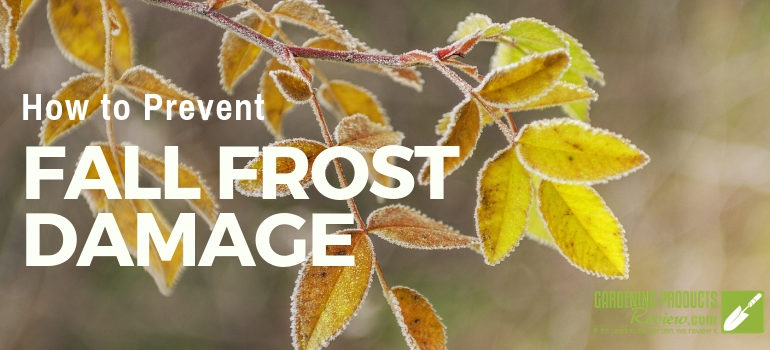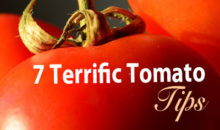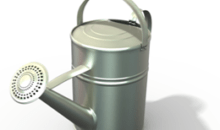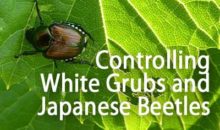Preventing Fall Frost Damage in the Garden
We independently evaluate all recommended products and services. If you click on links we provide, we may receive compensation.
As fall progresses, many gardeners find that they still have fruit or vegetables ripening in the garden, or plants still in bloom, and would like to extend the growing season as long as possible – or at least avoid having plants damaged or killed by frost.
Here are some things you can do to protect your plants from frost damage.
What Are Frost-Free Dates?
The “average frost-free” and “average first frost” dates are the dates by which frost will occur 50% of the time. Between those two dates are your average number of frost-free growing days.
Know the average first frost date for your area
This is the date by which you can likely expect the first hard frost. Check out a site like http://greenthumbweather.com/ to find your expected first frost date. However, be aware that frosts can, and do, occur before the last frost date.
Watch the weather forecast
If the weather forecast calls for cool, clear nights with low humidity, often following a cold front, then a frost is likely.
Don’t worry about windchill – windchill refers to the wind’s ability to remove heat from warm-blooded creatures that generate their own heat, which plants don’t do.
And don’t be fooled by warm fall days – night-time temperatures can drop quickly and sharply.
Water plants well the evening before a frost
Moist soil holds up to four times more heat than dry soil. Moist soil also conducts heat to the soil surface faster than dry soil, helping to keep the air above the soil about 5 degrees warmer than when the surface is dry.
Cover plants
Covering plants can give you 2 to 5 degrees F protection. The covers can be laid right over the plants, or can be supported on stakes, although protection is less wherever the cover touches the plant.
Any material can be used to cover the plants, although woven fabrics are better insulators then plastics or paper. Many home gardeners use old bedsheets or tablecloths to cover their plants. I like the Planket Frost Protection Cover. You can see our full review here >>
The best time to apply covers is in the late afternoon after the wind has died down. Don’t forget to remove covers the next morning before the sun hits them.
Water plants during the frost
This is generally not realistic for home gardeners, although commercial growers often spray crops with water during fall frosts. As the sprayed water freezes, it releases heat and keeps the plant’s internal temperature above freezing. On nights where temperatures fall just below freezing, a single application of water at the coldest part of the night (generally just before sunrise) may be enough to prevent frost damage. However, on colder nights continuous overhead irrigation (until morning temperatures rise above 32 F) will probably be necessary, allowing ice to form on the plants.
Harvest early
For frost-sensitive crops, like tomatoes, you may want to harvest all mature green fruit before a forecasted frost. Fruit harvested at this stage will still ripen, albeit not with the same flavor as fruit harvested with some color.
Place harvested fruit in a single layer in a warm, dark location with some air movement. Tomatoes and other fruit do not need light to ripen. In fact, light will slow ripening.
Store where the temperature does not go below 55 F. Lower temperatures will cause the fruit to be poorly flavored.
Other preventive measures, such as heaters and wind machines, are used in commercial growing operations. Some gardeners claim that chemical sprays can prevent frost damage but, according to research by Cornell University, none of these provide reliable frost protection.
Once frost damage occurs, nothing can be done to reverse the damage. Eventually, temperatures drop below levels at which warm-weather plants can survive and the garden begins to go dormant. Time to finish garden clean-up and start dreaming of next year’s garden!





